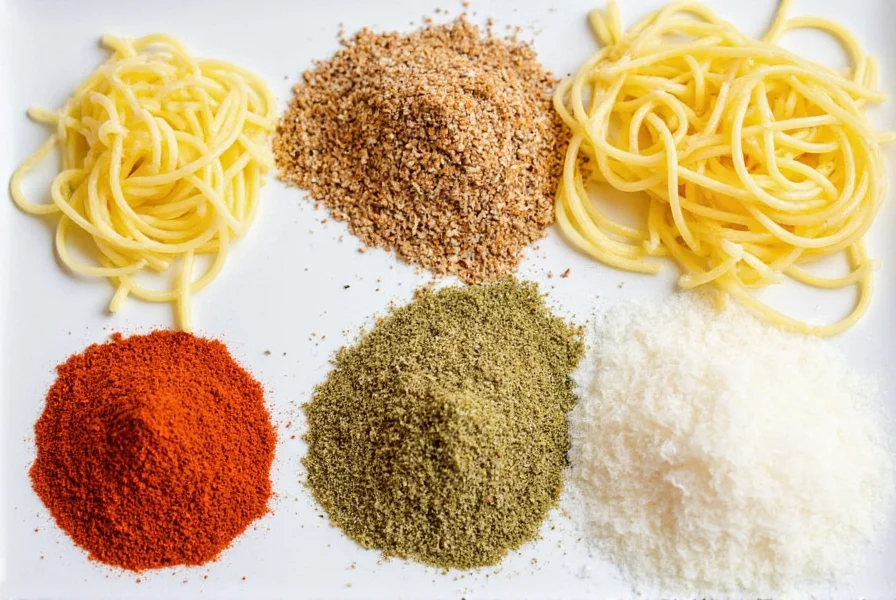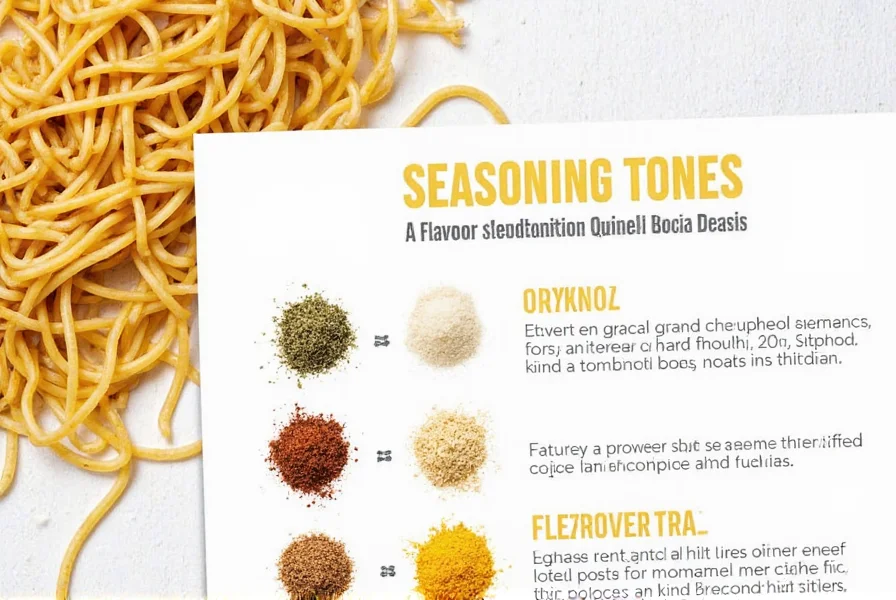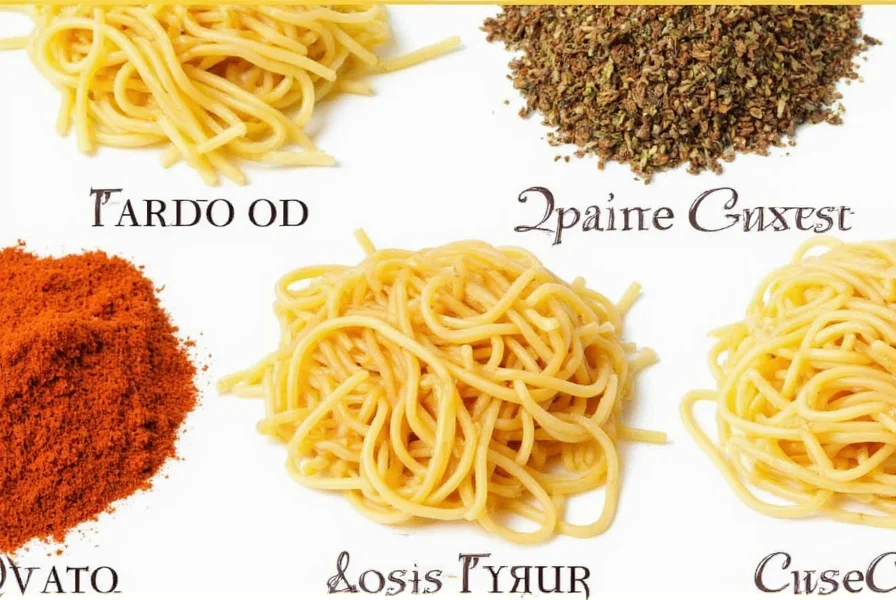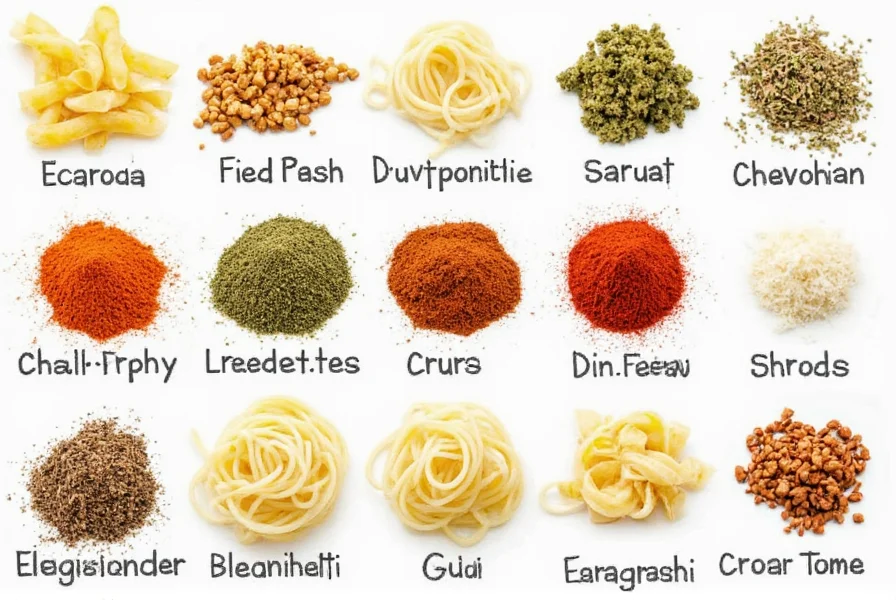Table of Contents
Introduction to Toni's Spaghetti Seasoning
Toni's Spaghetti Seasoning is a well-known brand of Italian seasoning blend produced by Toni's Foods, a trusted name in the food industry since 1965. This dry seasoning mix is specifically formulated to enhance the flavor of spaghetti and other pasta dishes, making it easy for home cooks to create authentic Italian-style sauces with minimal effort.

Unlike generic Italian seasoning, Toni's Spaghetti Seasoning contains a precise blend of ingredients that work together to deliver a rich, savory flavor profile perfect for tomato-based sauces. Whether you're making a classic spaghetti bolognese or a quick weeknight pasta dinner, this seasoning can help you achieve restaurant-quality results at home.
Key Ingredients in Toni's Spaghetti Seasoning
Toni's Spaghetti Seasoning features a carefully balanced mix of natural ingredients designed to complement pasta dishes. Here's what you'll typically find in this popular blend:
| Ingredient | Role in Flavor | Health Benefits |
|---|---|---|
| Tomato Powder | Provides the base tomato flavor and color | Rich in lycopene, an antioxidant |
| Garlic Powder | Adds savory depth and aroma | Supports immune function |
| Onion Powder | Enhances sweetness and complexity | Contains quercetin, an anti-inflammatory compound |
| Oregano | Brings earthy, herbal notes | High in antioxidants |
| Basil | Adds sweet, aromatic notes | May reduce inflammation |
| Red Pepper Flakes | Provides mild heat and complexity | Boosts metabolism |
| Sea Salt | Enhances overall flavor | Essential mineral for bodily functions |
One of the key advantages of Toni's Spaghetti Seasoning is that it contains no artificial flavors, colors, or preservatives. The ingredients are all natural and carefully selected to create a balanced flavor profile that works well with a variety of pasta dishes.
How to Use Toni's Spaghetti Seasoning
Using Toni's Spaghetti Seasoning is simple and versatile. Here are some popular ways to incorporate it into your cooking:
- Classic Spaghetti Sauce: Combine 1-2 tablespoons of Toni's Spaghetti Seasoning with 1 pound of ground beef or Italian sausage, 1 can of crushed tomatoes, and 1/2 cup of water. Simmer for 15-20 minutes for a rich, flavorful sauce.
- Quick Pasta Dinner: Cook your favorite pasta, then toss with olive oil, 1-2 teaspoons of Toni's Spaghetti Seasoning, and grated Parmesan cheese for a simple yet delicious meal.
- Meatball Seasoning: Add 1 tablespoon of Toni's Spaghetti Seasoning to your meatball mixture for extra flavor.
- Vegetable Enhancement: Sprinkle over roasted vegetables like zucchini, eggplant, or bell peppers before baking for an Italian twist.
- Marinade Base: Mix with olive oil and lemon juice to create a flavorful marinade for chicken or fish.

For best results, start with a small amount of seasoning and adjust to taste. Remember that the seasoning is quite potent, so a little goes a long way.
Buying Guide: Where to Find Toni's Spaghetti Seasoning
Toni's Spaghetti Seasoning is widely available at major retailers and online stores. Here's a quick guide to finding it:
| Store Type | Where to Find | Price Range |
|---|---|---|
| Supermarkets | Spice aisle or Italian food section | $2.99-$4.99 per jar |
| Online Retailers | Amazon, Walmart.com, Target.com | $3.49-$5.99 per jar |
| Warehouse Clubs | Costco, Sam's Club | Multi-pack discounts available |
| Specialty Stores | Italian grocery stores, gourmet food shops | May vary by location |
When purchasing, look for the distinctive red and white packaging with the "Toni's" logo. The product is typically sold in small jars (2-4 oz) and has a shelf life of 18-24 months when stored properly in a cool, dry place.
Frequently Asked Questions About Toni's Spaghetti Seasoning
What is Toni's Spaghetti Seasoning?
Toni's Spaghetti Seasoning is a dry seasoning blend produced by Toni's Foods since 1965. It's specifically formulated for pasta dishes and contains natural ingredients like tomato powder, garlic, onion, oregano, basil, and red pepper flakes. Unlike generic Italian seasoning, it's designed to create authentic tomato-based sauces with minimal effort.
Is Toni's Spaghetti Seasoning gluten-free?
Yes, Toni's Spaghetti Seasoning is naturally gluten-free as it contains only herbs, spices, and salt. However, it's always recommended to check the specific product label as manufacturing processes can change. For those with celiac disease or severe gluten sensitivity, Toni's Foods offers certified gluten-free options in some markets.
How long does Toni's Spaghetti Seasoning last?
When stored properly in a cool, dry place away from direct sunlight, Toni's Spaghetti Seasoning maintains its peak flavor for 18-24 months. After this period, the seasoning may gradually lose potency but remains safe to use. To test freshness, rub a small amount between your fingers - if the aroma is weak or nonexistent, it's time to replace it.
Can I use Toni's Spaghetti Seasoning for dishes other than pasta?
Absolutely! While designed for pasta, Toni's Spaghetti Seasoning is versatile enough for many other dishes. Use it to season roasted vegetables, add to meat marinades, sprinkle on pizza, enhance soups and stews, or mix into breadcrumbs for casseroles. The classic Italian-style flavor profile works particularly well with tomato-based dishes beyond pasta, while the herb components can elevate chicken or fish preparations.
Does Toni's Spaghetti Seasoning contain MSG?
No, Toni's Spaghetti Seasoning does not contain MSG (monosodium glutamate). The brand emphasizes natural ingredients and avoids artificial additives. The savory flavor comes from the combination of tomato powder, garlic, onion, and other natural seasonings rather than added MSG.
Conclusion
Toni's Spaghetti Seasoning offers a convenient way to add authentic Italian flavor to your pasta dishes without the hassle of measuring individual spices. With its natural ingredients, versatility, and wide availability, it's a pantry staple for home cooks seeking restaurant-quality results with minimal effort.

Whether you're making a quick weeknight dinner or preparing a special meal for family and friends, Toni's Spaghetti Seasoning can help you create delicious, flavorful pasta dishes that everyone will enjoy. Try it today and discover why it's been a trusted choice for over 50 years!











 浙公网安备
33010002000092号
浙公网安备
33010002000092号 浙B2-20120091-4
浙B2-20120091-4